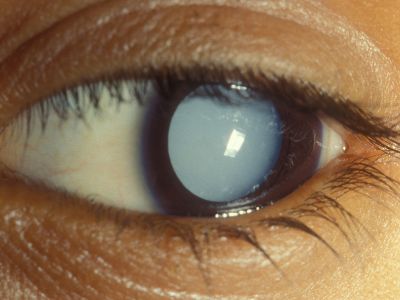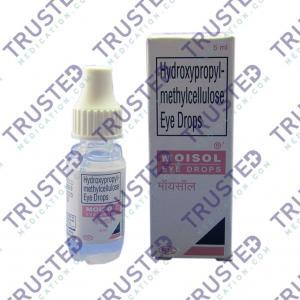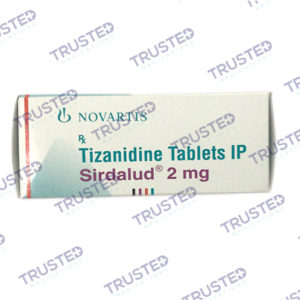
A cataract is a clouding of the normally clear lens of the eye. Cataract sufferers often describe spectacles with cloudy lenses as being like looking through a fogged or frosty window. Clouded vision caused by cataracts can make it more difficult to read, drive, or see faces.
It usually takes a long time for cataracts to appear and cause vision loss early on. But with time, cataracts will eventually interfere with your vision. Cataracts can be treated initially with stronger lighting and eyeglasses. But if impaired vision interferes with your usual activities, you might need cataract surgery. Most cataract surgeries are safe and successful.
Causes of Cataracts
- A family history of cataracts
- Certain medical problems or diabetes
- Smoking
- Having an eye injury, eye surgery, or radiation treatments on the upper body.
- Medications such as corticosteroids
Most cataracts develop when aging or injury changes the tissue that makes up the eye’s lens. When the lens is damaged, the proteins and fibers begin to break down, resulting in hazy or cloudy vision. Some inherited genetic disorders that cause other health problems can increase your risk of cataracts.

Symptoms of Cataracts
- Dim, blurry, or cloudy vision
- The increasing difficulty of seeing things at night
- Sensitivity to light
- Frequent halos around nights
- Frequent changes in eyeglass or contact lens prescription
- Fading or yellowing of colors
- Double vision in a single eye
Seek medical help if you notice any changes in your vision. If you develop sudden vision changes, such as double vision or flashes of light, sudden eye pain, or headache.
What are the Types of Cataracts?
- Nuclear cataracts. It can cause more nearsightedness or even a temporary improvement in your reading vision.
- Cortical cataracts. A cortical cataract begins as whitish, wedge-shaped opacities or streaks on the outer edge of the lens cortex.
- Posterior subcapsular cataracts. A posterior subcapsular cataract often interferes with your reading vision, reduces your vision in bright light, and causes glare or halos around lights at night.
- Congenital cataracts. These cataracts may be genetic or associated with an intrauterine infection or trauma.

How to Diagnose Cataracts?
Your doctor will review your medical history and symptoms, and perform an eye examination and several tests such as:
- Visual acuity test
- Slit-lamp examination
- Retinal exam
- Applanation tonometry
Treatments for Cataract
The effective treatment for cataracts is surgery. Your doctor may also recommend eye drops to relieve the related symptoms of a cataract.









